Skin microbiome
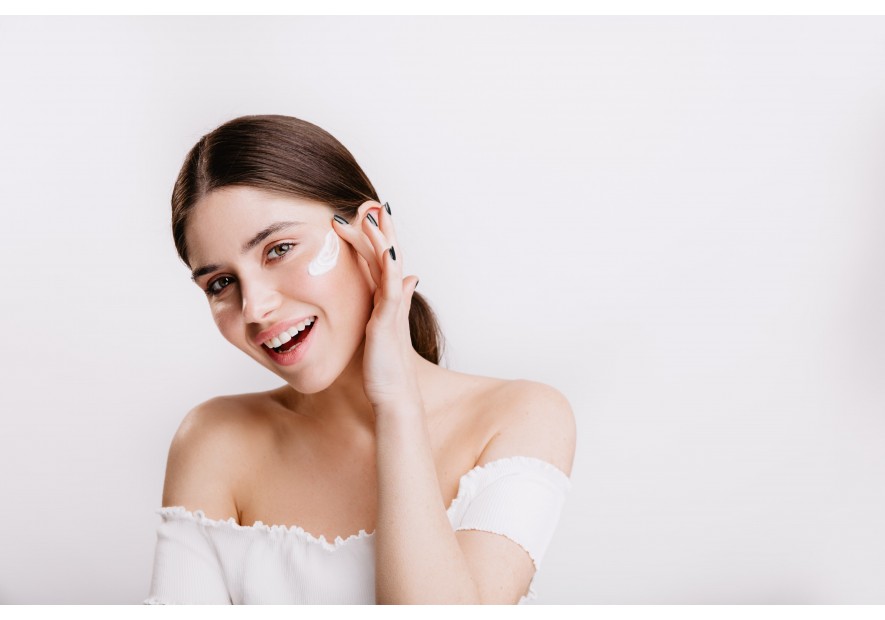
Our skin has its own ecosystem that helps protect it from harmful external influences such as certain viruses or fungi. This ecosystem is called the “microbiome”, and today we want to take a closer look at the skin microbiome and explain to what extent it can be responsible for the health of the skin and its visible condition.
What is a microbiome and what is it for?
The microbiome is the sum of all microorganisms in or within the body. In addition to the surface of the skin, the microbiome also affects, for example, the intestines because it is also full of bacteria that play an important role in the digestive process as well as the immune system. Apart from bacteria, viruses and fungi are also part of the microbiome and their exact composition is different and unique.
A healthy microbiome, made up of "good" bacteria, etc., which are present in the correct composition and concentration, is a good defense against "bad" bacteria and thus protects us from harmful external influences. So you can call it a symbiosis because microbes can feed on dead skin, sebum, etc. A win-win situation for everyone, so to speak.
In addition to protecting against harmful external influences, the skin microbiome is also involved in moisture balance and pH control. The microbiome is also composed differently in different parts of the body. You have a completely different composition on your face than, for example, on a rather moist genital area or on a rather dry back.
By the way, our skin microbiome develops already in the womb, and it is significantly influenced by factors such as vaginal delivery or skin contact with the mother during breastfeeding. Over the course of our lives, various factors influence the skin microbiome, and relationship partners adapt their microbiome to each other over time. However, on average it takes about 6 years.
How does the skin microbiome go down and what are the consequences?
Like any balance that is affected by many factors, the skin microbiome can also be disturbed. If the number of “good” bacteria decreases, “bad” bacteria can in turn multiply more easily, like fungi or viruses. The result can be itching, pimples, papules, or even fungal pimples in which skin fungus predominates. You can read more about fungal acne in this article.
In most skin conditions, such as eczema or neurodermatitis, an altered skin microbiome can often be observed, so a link is likely to be suggested.
Factors that can negatively affect the skin microbiome are, for example, excessive or improper cleaning. In particular, women are familiar with this in the intimate area: excessive washing here is counterproductive and can upset the delicate bacterial balance. The result is often a fungus or bacterial infection.
But over-brushing can also disrupt the microbiome on the face and body. What matters here is a gentle cleansing product with a slightly acidic pH that does not upset the balance of the skin.
What can be done to enhance the skin microbiome?
For those who do not have oily skin, cleansing their face in the morning with water alone is usually sufficient, not a cleanser. Similarly, you don't have to wash your body with shower gel every day. Here, less is more, especially in the intimate area, there is soap and the like. there is really nothing to look for.
So while on the one hand you have to be careful not to wash away too many good bacteria from your skin, on the other hand you can support your skin by adding prebiotics and probiotics from the outside. This also applies to the face and we are big fans of the ISNTREE TW-Real Bifida Ampoule.
ISNTREE ampoule contains 88% Lactobacillus starter lysates (lactic acid bacteria), which accelerate skin regeneration and also have an excellent anti-aging effect. The production of collagen in the skin is increased and wrinkles are reduced. In addition, the fermented ingredients are very well absorbed and strengthen the skin microbiome. In this way, the skin can retain moisture better and a possibly damaged skin barrier can be better regenerated.
Unfortunately, our skin microbiome is a science in itself, and skin conditions are not always easy to treat. In case of doubt, you should always consult a trusted dermatologist and examine the condition of the skin in detail.
Manyo Bifida Biome Complex Ampoule - 50 ml
- -10%
- -10%
ISNTREE TW-Real Bifida Ampoule - 50 ml
- -10%
- -10%

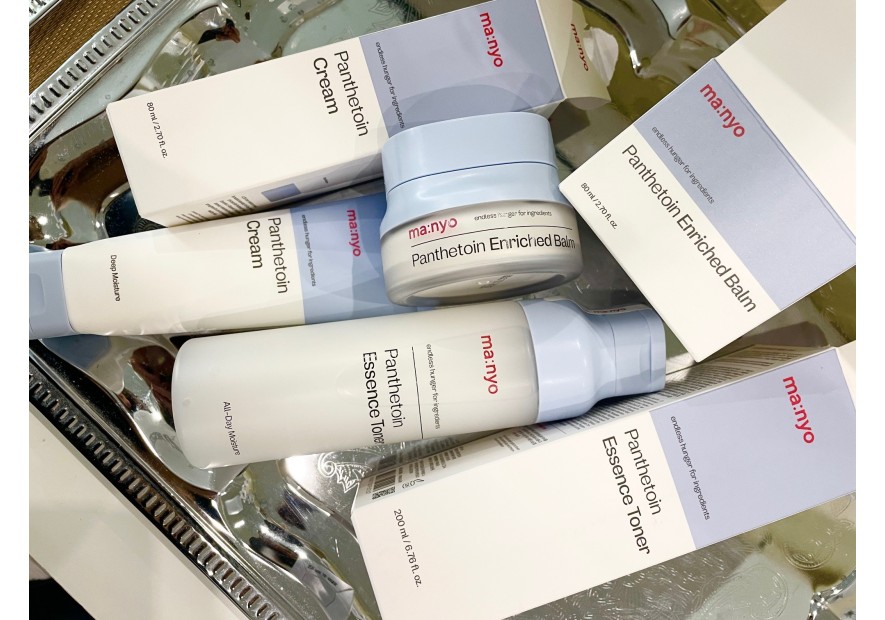
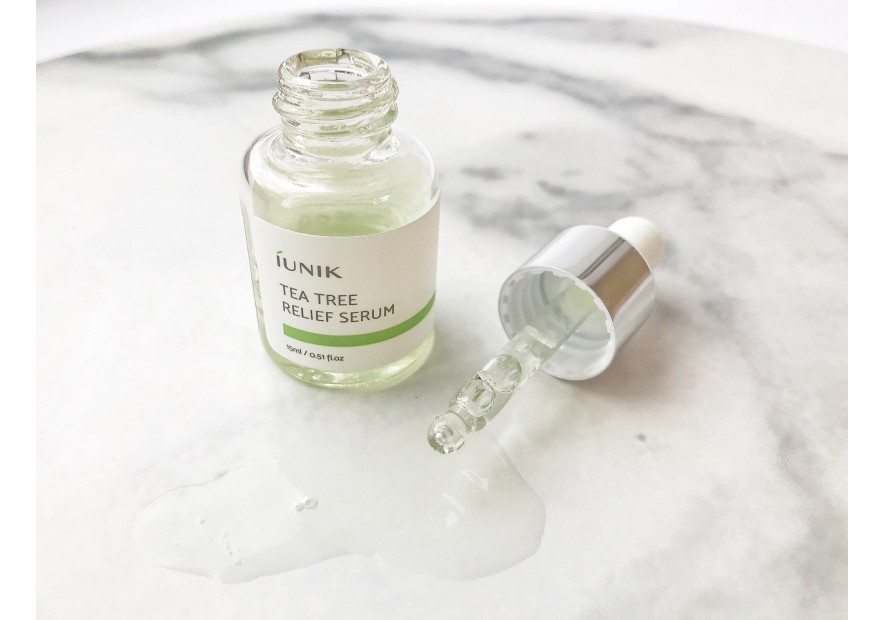
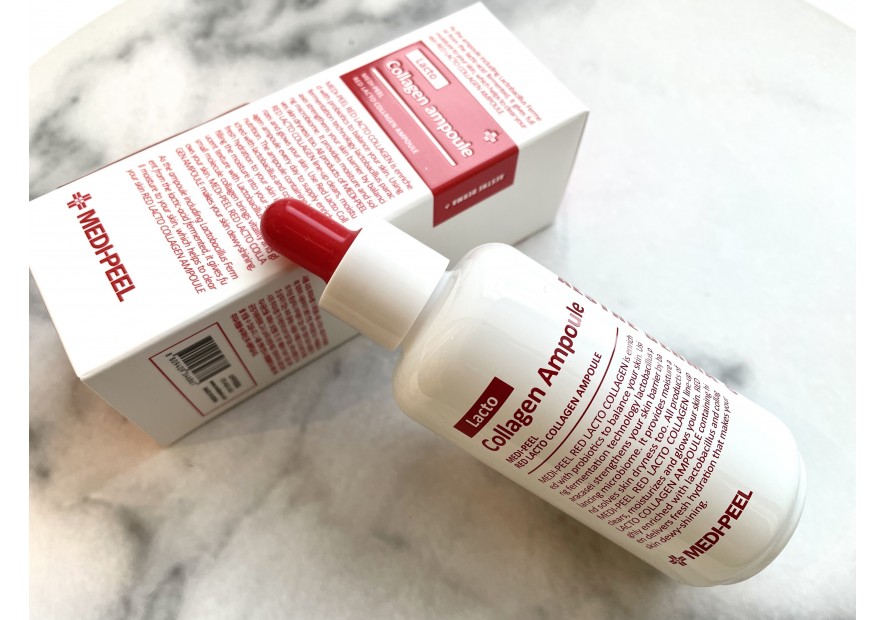

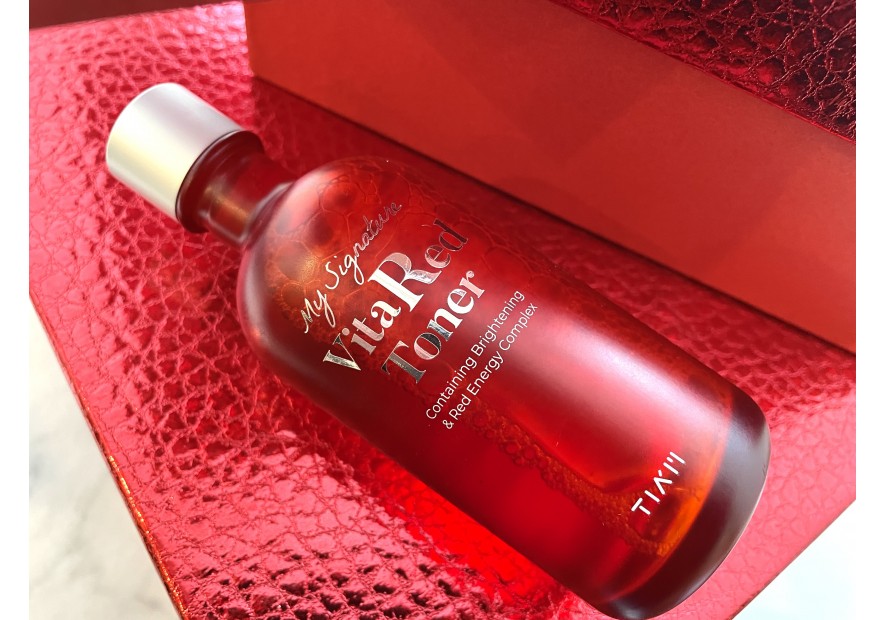
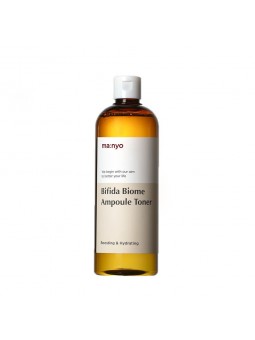
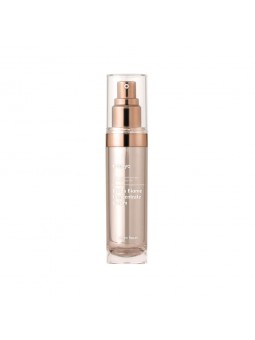
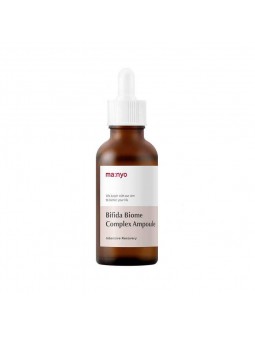
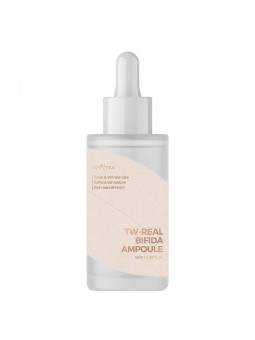
Leave a comment